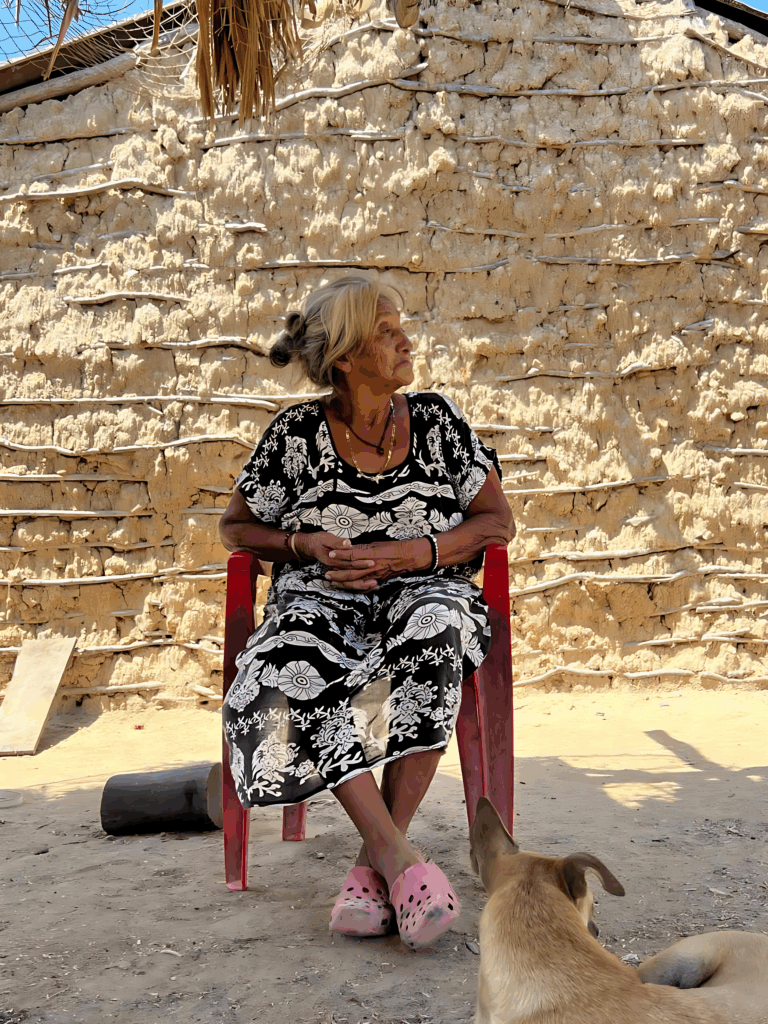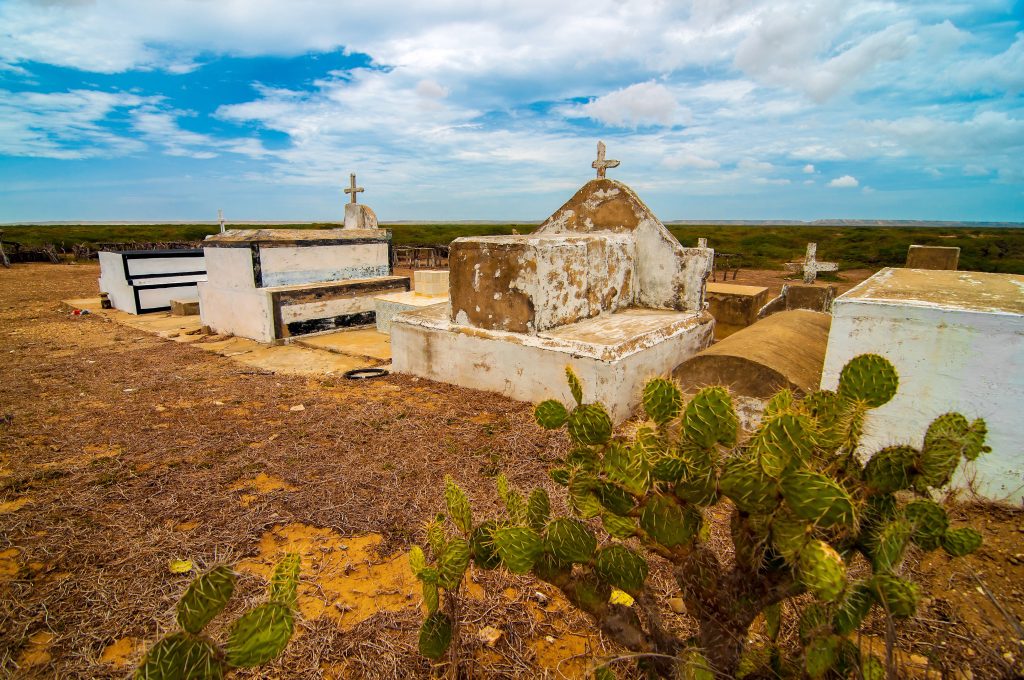
Amid the arid landscapes of La Guajira, Wayuu spirituality reflects a rich blend of ancestral traditions and Catholic influences. Rooted in a matrilineal society and deep respect for nature, it showcases the resilience and cultural identity of the Wayuu people.
The Wayuu, an indigenous people inhabiting the La Guajira Peninsula between Colombia and Venezuela, have a rich history and a unique cultural identity. Their spiritual beliefs and societal structures reflect a deep connection to their ancestral roots and the natural environment.
The arrival of the Spanish colonizers in the 16th century introduced Catholicism. Despite the pressure to adopt the new religion, the Wayuu skillfully integrated certain aspects of Catholicism into their existing spiritual framework, creating a unique blend of syncretic religious practices.
The Wayuu spiritual pantheon encompasses a diverse array of deities and spiritual beings, each with distinct roles and influences.
Juya is the benevolent god of rain, ensuring the fertility of crops and the sustenance of the community.
Juya’s arrival is celebrated with gratitude, as it signifies life’s continuation in the harsh environment of La Guajira.
Pulowi is the goddess of drought and winds, embodying the challenging aspects of the Wayuu environment, representing scarcity and hardship.
The Wayuu’s ceremonial practices and rites of passage are deeply rooted in their spiritual beliefs and cultural heritage.
The Yonna dance is a vital part of community events, symbolizing the joy and vitality of life. It is performed during significant celebrations, such as weddings and harvest festivals.
The transition from girlhood to womanhood is marked by the seclusion, a significant rite of passage. During this period, the girl is secluded and taught about cultural traditions, values, and skills necessary for her future roles.
Naming ceremonies blend Catholic and traditional elements, where a child receives both a Catholic and a traditional name. Funeral rites involve double burials, reflecting the belief that the soul transforms and becomes one with the natural elements.
In Wayuu culture, dreams are profoundly significant, serving as a bridge between the physical and spiritual realms.
Dreams are viewed as vital messages from the spiritual world, particularly from Lapü, the god of dreams.
The interpretation of dreams is a nuanced practice, with elders and spiritual leaders deciphering their meanings.
Negative dreams are viewed as warnings or omens of potential misfortune, requiring consultation with a spiritual leader or elder.
Actions taken include seeking the guidance of a shaman or Outsü (healer), performing specific rites to neutralize negative influence, and fulfilling ancestral requests revealed in dreams.
The Wayuu spirituality landscape of the Wayuu people is enriched by the presence of healers (Outsü) and shamans (Piache).
Outsü are revered healers, often women, who diagnose and treat illnesses using traditional knowledge, herbal medicine, and spiritual insight.
Shamans serve as intermediaries between the human and spiritual worlds, guiding souls, performing healing rituals, and ensuring the Wayuu spirituality harmony.

Wayuu shamans employ various methods, including herbal medicine, spiritual cleansing, dream interpretation, invocation of deities, and protective charms.
The Wayuu have blended Catholic practices with their traditional beliefs, creating a unique syncretic spirituality that reflects their cultural identity.
This syncretism is evident in various aspects of Wayuu religious life, such as participating in Catholic sacraments while maintaining their own ceremonies and integrating Catholic symbols with indigenous practices.
Naming ceremonies involve both Catholic baptism and traditional naming rituals. Religious festivals combine Catholic Mass and processions with traditional dances and offerings.
The Wayuu incorporate Catholic symbols, such as the cross and images of saints, into their own rituals and altars, blending Catholic and indigenous elements.
The Wayuu have demonstrated remarkable resilience and adaptability in preserving their spiritual beliefs, integrating external influences while maintaining their ancestral heritage.
Wayuu spiritual practices remain deeply relevant in contemporary society, guiding their interactions with the environment, community, and the spiritual realm.
In summary, the perseverance of Wayuu spirituality is a testament to their cultural resilience and adaptability. Their ongoing spiritual practices continue to shape their identity and provide strength in the face of adversity, ensuring that the rich tapestry of Wayuu beliefs and traditions endures.
Discover our online store featuring a stunning collection of Wayuu bags. Shop now and embrace the beauty of tradition!